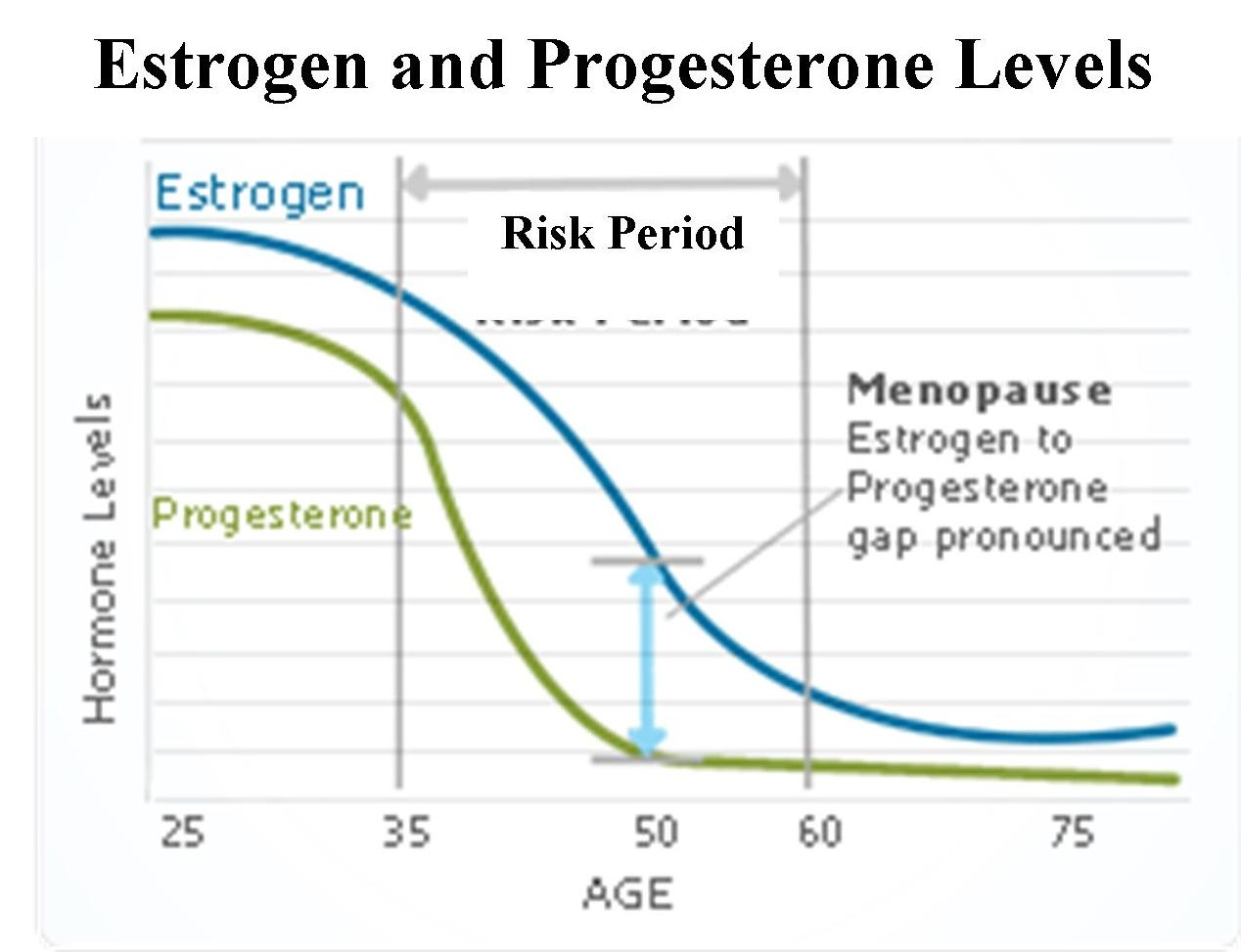Is it Perimenopause?
Is It?
Perimenopause often catches women off guard. One day you’re cruising along, and the next, your sleep is disrupted, your moods are unpredictable, and your jeans feel tighter—even though nothing has changed in your diet or exercise routine. If you’re wondering, “Is this perimenopause?” you’re not alone.
Let’s dive into what perimenopause is, what symptoms to watch for, and what’s really happening beneath the surface with your hormones.
What is Perimenopause?
Perimenopause, meaning "around menopause," is the transitional phase leading up to menopause—the point when you've gone 12 consecutive months without a menstrual period. This phase can start as early as your late 30s or as late as your early 50s and lasts an average of 4 to 8 years. While this is a natural part of aging, the hormonal shifts during this time can cause significant symptoms that impact your quality of life.
Symptoms of Perimenopause
Every woman’s experience with perimenopause is unique, but common symptoms include:
Irregular Periods: Periods may become shorter, longer, heavier, or lighter as ovulation becomes less predictable.
Hot Flashes and Night Sweats: Sudden waves of heat, often accompanied by sweating, can disrupt daily life and sleep.
Mood Changes: Increased anxiety, irritability, or depression can occur due to fluctuating hormone levels.
Sleep Disturbances: Trouble falling asleep, staying asleep, or waking up feeling unrested is common.
Weight Gain or Bloating: Shifts in hormones can affect metabolism and increase belly fat.
Fatigue: Persistent tiredness, even after a full night's sleep, is a hallmark of hormonal imbalances.
Brain Fog: Difficulty concentrating, forgetfulness, or feeling mentally "foggy."
Decreased Libido: A drop in estrogen and testosterone can affect your sex drive.
Vaginal Dryness: Declining estrogen levels can lead to dryness and discomfort during intimacy.
Hair and Skin Changes: Thinning hair, dry skin, or acne may develop.
These symptoms may come and go, vary in intensity, and overlap with other health conditions, making it challenging to pinpoint perimenopause without a deeper look at your health.
The Phases of Perimenopause
Perimenopause isn’t a singular stage—it unfolds in phases, each with its own hormonal landscape:
Early Perimenopause:
What’s Happening: Ovulation becomes inconsistent, and progesterone levels start to decline. Estrogen levels may remain stable or even spike.
Symptoms: Slightly irregular periods, mild PMS, and occasional sleep disturbances.
Late Perimenopause:
What’s Happening: Both estrogen and progesterone levels drop significantly. Ovulation is rare, and cycles become erratic or may skip entirely.
Symptoms: Intensified hot flashes, more noticeable mood swings, significant sleep disruption, and heavier or lighter periods.
Menopause Transition:
What’s Happening: This phase leads directly into menopause as estrogen levels plummet. Your ovaries are no longer releasing eggs.
Symptoms: Persistent hot flashes, vaginal dryness, and a heightened risk of bone density loss.
The Hormonal Shifts Behind Perimenopause
Hormones like estrogen, progesterone, and testosterone play critical roles in regulating your menstrual cycle, energy, mood, and more. During perimenopause:
Progesterone: As ovulation becomes irregular, progesterone—the hormone responsible for calming and balancing estrogen—declines first. This can result in symptoms like anxiety, irritability, and poor sleep.
Estrogen: Known as the “queen hormone,” estrogen starts to fluctuate wildly. High levels can cause bloating, breast tenderness, and heavy periods, while low levels can lead to hot flashes and vaginal dryness.
Testosterone: This hormone, often associated with libido and muscle mass, also declines, contributing to reduced sex drive and changes in body composition.
Cortisol: Stress hormones may also rise during this time, compounding symptoms like fatigue, belly fat, and mood changes.
These hormonal imbalances can create a cascade effect, disrupting everything from digestion to thyroid function to blood sugar regulation.
Functional Perspective: A Holistic Approach to Perimenopause
In functional health, we view perimenopause not as a disorder to "fix" but as a transition to support. By addressing the root causes of your symptoms, you can navigate this phase with greater ease.
Key areas to focus on include:
Balancing Hormones:
Support progesterone levels with stress management techniques like yoga, meditation, and proper sleep hygiene.
Help stabilize estrogen by eating a diet rich in cruciferous vegetables and fiber to aid liver detoxification.
Supporting Adrenals:
The adrenal glands take over some hormone production during this phase. Minimize stress, ensure adequate magnesium and vitamin C intake, and avoid excessive caffeine.
Optimizing Gut Health:
An imbalanced gut microbiome can worsen symptoms. Focus on fermented foods, probiotics, and avoiding inflammatory triggers like processed foods and alcohol.
Nourishing with Food:
Incorporate healthy fats (like avocado and olive oil), lean proteins, and complex carbs to stabilize blood sugar and provide the building blocks for hormone production.
Testing, Not Guessing:
Functional hormone testing (such as DUTCH or saliva tests) can reveal patterns of estrogen, progesterone, and cortisol fluctuations, allowing for targeted interventions. The GI Map can provide us with information on gut health. (key to estrogen metabolism) and understanding mineral deficiencies using the Hair Tissue Mineral Analysis is also helpful.
The Takeaway
Perimenopause is a time of significant change, but it doesn’t have to mean suffering. By understanding the phases and the hormonal shifts driving your symptoms, you can take proactive steps to feel your best. If you’re unsure whether your symptoms are due to perimenopause or something else, working with a functional health practitioner can help you identify imbalances and restore balance.
Your Next Step
If you’re ready to get to the root of your symptoms, join my coaching program, Rediscover Your Hormone Harmony for a transformative journey into your next chapter.





